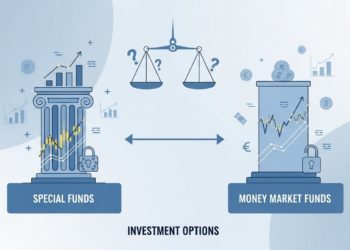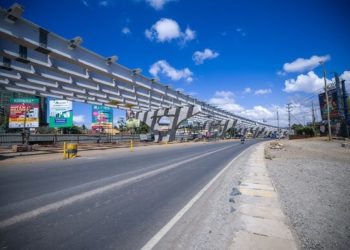The classical economic model treats the wage rate as an exogenous variable, which can be puzzling when considering the endogeneity of the price of subsistence goods. To break this down, exogeneity refers to variables determined outside the system being analyzed, unaffected by its internal dynamics. Conversely, endogeneity involves variables influenced by factors within the system. Let’s explore this concept in the Kenyan context.
In classical theory, the wage rate is often set at the minimum level required to sustain a worker’s livelihood. This minimum, known as the subsistence wage, ensures that workers can afford basic necessities such as food, water, housing, and clothing, allowing them to return to work daily. However, a critical question arises: if the price of these basic necessities (the means of subsistence) is determined within the economic system (endogenously), how can the wage rate remain independent of it?
To clarify, the wage rate, in this context, represents the monetary equivalent of a fixed bundle of goods deemed necessary for survival. The classical model assumes that this bundle of goods is predetermined and not influenced by economic variables like demand or supply. In Kenya, for instance, this might include a specified quantity of maize flour, milk, and basic housing, which together constitute the minimum standard of living. The price of this bundle fluctuates with market conditions, but its physical composition remains constant.
Therefore, while the price of the subsistence bundle is determined endogenously within the economic system, the bundle itself is treated as exogenous. This distinction allows economists to treat the wage rate as exogenous because it reflects the value of a fixed, predetermined set of goods rather than being subject to changes in its composition.
The confusion often arises because the wage rate can be seen as the “price” of labor, much like subsistence goods have prices. However, in the classical model, the focus is on the laborer’s ability to meet subsistence needs rather than on the dynamics of the market determining the price of labor.
This approach has limitations, particularly in economies like Kenya’s, where the composition of the subsistence bundle may evolve over time due to cultural or economic shifts. For example, rising urbanization might increase the importance of transport costs or access to technology, altering the bundle’s definition.
The exogeneity of the wage rate in classical economics hinges on the fixed nature of the subsistence bundle, even as its price adjusts within the system. While this simplification is useful for theoretical modeling, it may not fully capture the complexities and changing realities of modern economies.
















